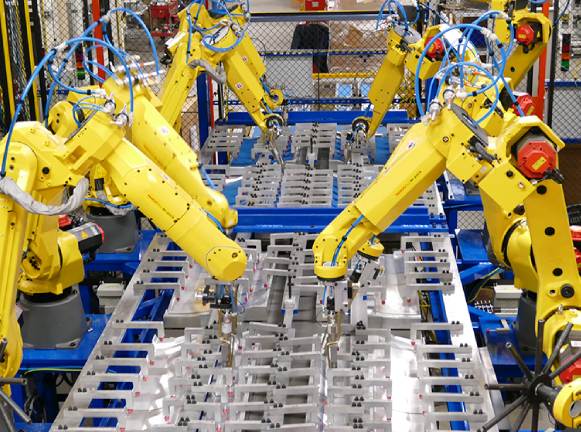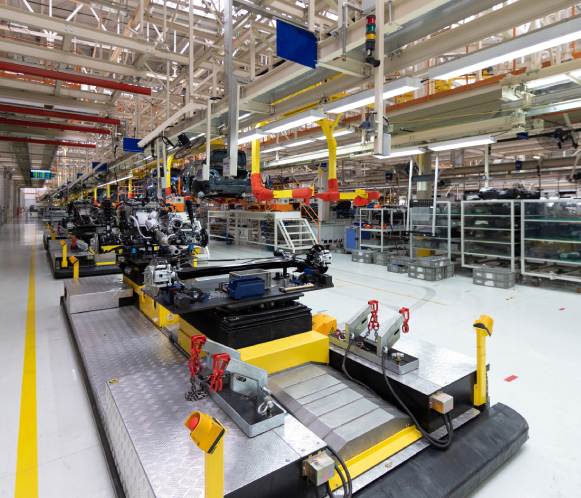
The World of Assembly Line Automation
Assembly line automation integrates a spectrum of automated systems, machinery, and technologies to refine and optimize manufacturing or production processes. Its primary goal is to elevate efficiency, reduce manual labor dependency, enhance product quality, and amplify overall productivity within assembly line operations. By incorporating advanced robotics and cutting-edge technologies, assembly line automation aspires to create a seamless, efficient, and highly productive manufacturing environment. This systematic approach revolutionizes production, fostering precision, speed, and reliability while concurrently minimizing errors and enhancing the scalability of manufacturing operations across various industries.



